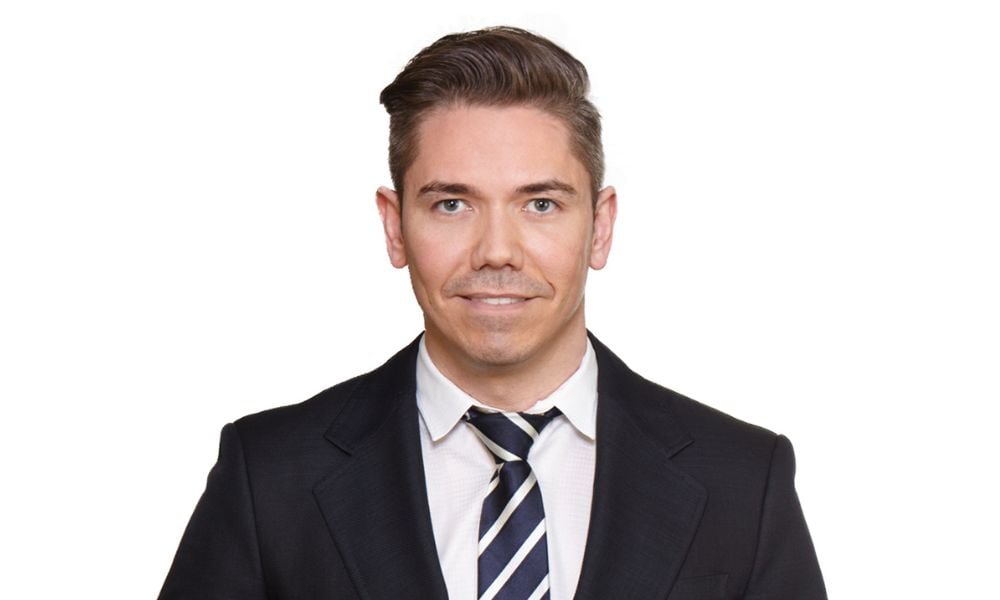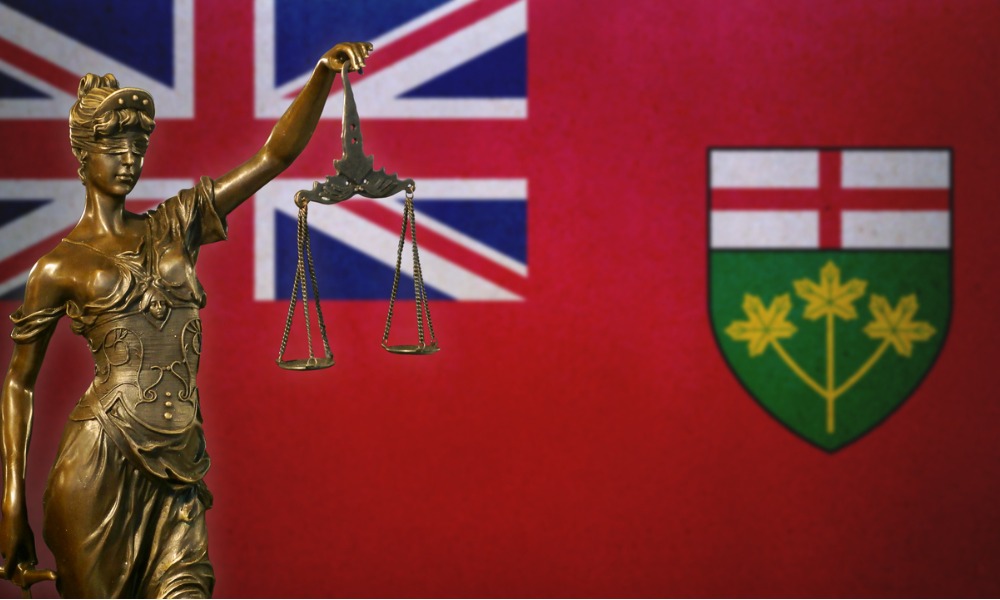The Ontario Court of Appeal has dismissed an appeal in a medical malpractice decision that lawyers say will have important implications for how civil jury questions are framed in cases involving delayed diagnosis and multiple defendants.

The Ontario Court of Appeal has dismissed an appeal in a medical malpractice decision that lawyers say will have important implications for how civil jury questions are framed in cases involving delayed diagnosis and multiple defendants.
In Sacks v. Ross, the court found a trial judge had not given the appropriate questions to the jury but that this did not ultimately change the verdict.
The court ruled that the judge should have framed one of the questions so that the jury was asked whether a delay resulting from a defendant’s breach of the standard of care “caused or contributed” to the plaintiff’s injuries, rather than whether it simply caused them.
The decision is in conflict with an earlier Court of Appeal ruling on the topic in Surujdeo v. Melady, in which the court adopted the trial judge’s original questions.
“We now have two conflicting decisions in the Ontario Court of Appeal, literally on the same jury questions, which I think is going to create great confusion in the future,” says Gavin MacKenzie, one of the lawyers who represented the plaintiff in the appeal, along with his daughter Brooke.
The case concerned a plaintiff whose limbs were amputated after complications from a routine bowel surgery and delayed diagnosis.
A jury dismissed his action against a number of physicians and the hospital.
In the appeal, the plaintiff argued that the wrong causation test was applied and that this mistake was reflected in the jury’s questions and instructions.
Lawyers say there has been a long-standing debate between plaintiff and defence-side counsel in civil jury trials about the precise wording of jury questions in cases with multiple tortfeasors.
The defence has typically argued that questions should be asked to determine whether the defendants “caused” the injuries, but plaintiffs counsel have pushed for a question that asks whether the defendant “caused or contributed” to the injuries.
“Effectively, this decision seeks to settle that debate in favour of using the language of ‘caused or contributed,’” says Brooke MacKenzie.
She says lower courts are not exactly sure how to apply leading Supreme Court of Canada cases in the area to the causal analysis when there are multiple defendants whose negligence overlaps.
“That problem is made even more challenging when you’re looking to instruct a jury as to how to do the causal analysis,” she says.
“It’s tricky enough for judges [and] much more difficult for juries.”
While the Court of Appeal sided with the plaintiff on which questions should be asked, the court found that the jury had clearly accepted the defence’s evidence on the cause of the plaintiff’s injuries.
Gavin MacKenzie says that conclusion cannot be drawn as it is not possible to know what answers the jury would have given to the correct questions.
Lawyer Anna Marrison, who represented the hospital in the case, says she wholeheartedly agrees with the Court of Appeal’s ruling that it was clear that the jury accepted the defence’s theory of causation.
She says the decision is thought provoking considering the Court of Appeal’s decision in Surujdeo.
“There is a lack of certainty there,” she says.
“Time will tell whether the court comments on causation are applicable only to jury trials or more broadly to all civil trials.”
She adds that these kinds of cases can be challenging for juries and clear direction from the court is helpful.
Toronto lawyer Allan Rouben, who was not involved in the case, says the decision provides a thoughtful review of a difficult area that does not come before the court often.
“It seems a very tough outcome for the plaintiffs, considering that the court accepted the jury questions were fundamentally flawed on the crucial issue of causation,” he says.
“That said, the court has provided helpful guidance for the framing of jury questions and jury instructions in similar cases in future.”
Given the conflicting decision in Surujdeo, lawyers say the issue will likely make its way up to the Supreme Court of Canada at some point to get clarity as to which approach will be correct going forward.
The MacKenzies do not know at this point whether their client will seek leave to appeal the decision from the Supreme Court.
Frank McLaughlin, who represented the physicians, declined to comment as the case is potentially subject to further appellate review.









